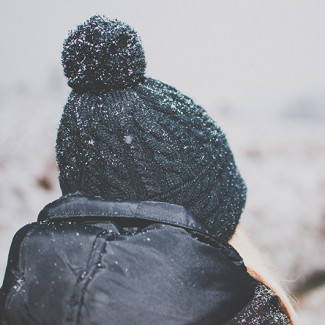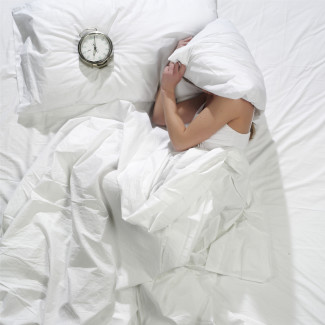This article originally appeared in Macaroni Kid on February 13, 2019 by Luanne Starr Rhoades, LCPC, LADC, CCS; Health Affiliates Maine
Question:
Winter is here and it is a difficult time for me. Between the cold, the dark, and the lack of outdoor time, I get really depressed. I know about SAD and have tried light therapy. I think it helps some but not enough. What other things can I try?
Answer:
Winter is a difficult time for many. Some people enjoy winter because they have sports like skiing or snowmobiling, which causes them to look forward to it. For many of us, winter is to be tolerated. Some, like you, have the added difficulty where seasonal circumstances, like the lack of light, which affects your mood and leads to depression. For some, the difficult months come on in February and March due to an accumulated effect of reduced daylight. You mentioned SAD, which stands for Seasonal Affective Disorder. SAD can cause depressed mood, social withdrawal, and mental health problems like increased anxiety, eating disorders, substance abuse, and suicidal thoughts.
Here are some interventions that can help:
Preplan winter. As the winter season approaches each year, fill your calendar with activities both social and physical. Schedule lunch with friends, movie nights, family game and puzzle challenges. Have a lot of interactions with people you care about. Social supports and things to look forward to can make the winter seem to go faster.
Bundle up and get out! Plan to be outside in the morning or the middle of the day whether it is cloudy or sunny. Daylight helps; try to get out whenever you can. Some sufferers like to wear yellow lenses which reduce blue light and make everything brighter.
Buddy up with another that may also be troubled by the difficult winter. You can help motivate each other with physical activity and healthy eating.
Boost up the self-care. This is the time to focus on your own needs. Do an inventory of the physical, social, emotional, and spiritual areas of your life. Are there any needing attention or outlet? What can you add to bring life into balance? Counselors can help with this.
Use your light therapy every day. Think of it as a daily medication. Start in the fall as the daylight first starts to shorten. Place the light in front of you every morning for a half hour. Eat breakfast by it or read. Do it every day.
Plan a winter getaway. If you have the means, taking a vacation to a sunny climate during winter months can be a real lift.
Check with your doctor. This problem is likely to come back every year, as long as you live where the days are shorter in the winter. If you haven’t already, see your doctor for medication, It is best to do this in the early fall so the medication will be at therapeutic levels come the dark months. This will help with the hormone imbalance caused by the lack of light.
Consider vitamin D. Ask your doctor about this. People who live in wintery climates often have low levels of vitamin D. This is the vitamin that is produced in our bodies by sunlight interacting with our skin and has many healthful purposes, including treating and preventing depression.
Luanne Starr Rhoades, LCPC, LADC, CCS is a professional counselor and the Outpatient Therapy Director at Health Affiliates Maine, a mental health and substance abuse treatment agency serving adults, adolescents, children and families. For more information or if you or someone you know needs help, call us at 877-888-4304 or visit our website www.healthaffiliatesmaine.com and click on “Referrals.”
Sign Up To Receive Our Latest Blog Posts!
Learn more tips on living well and understanding mental illness. Help to end the stigma, and hear inspiring stories of recovery. Sign up here!



